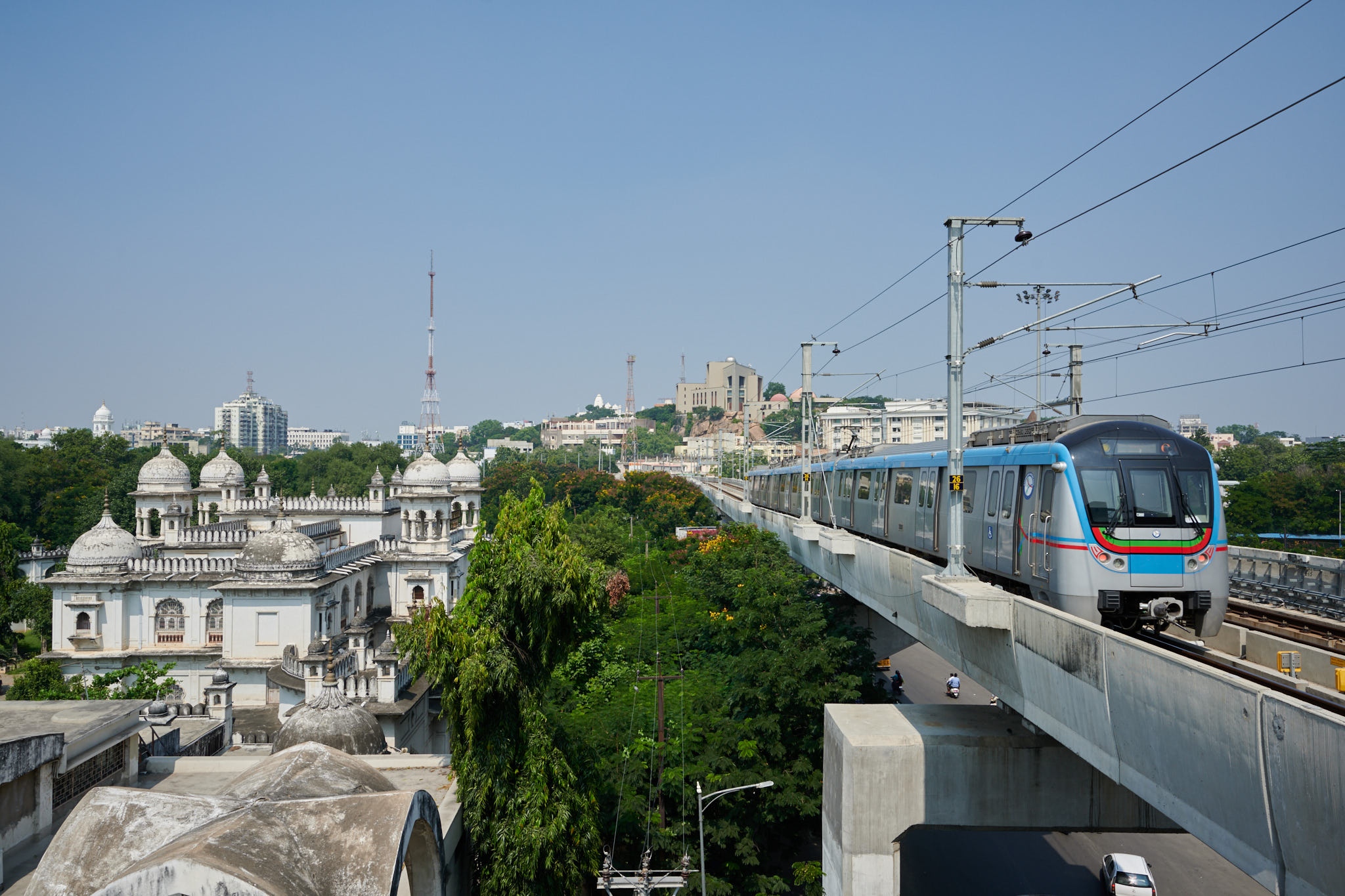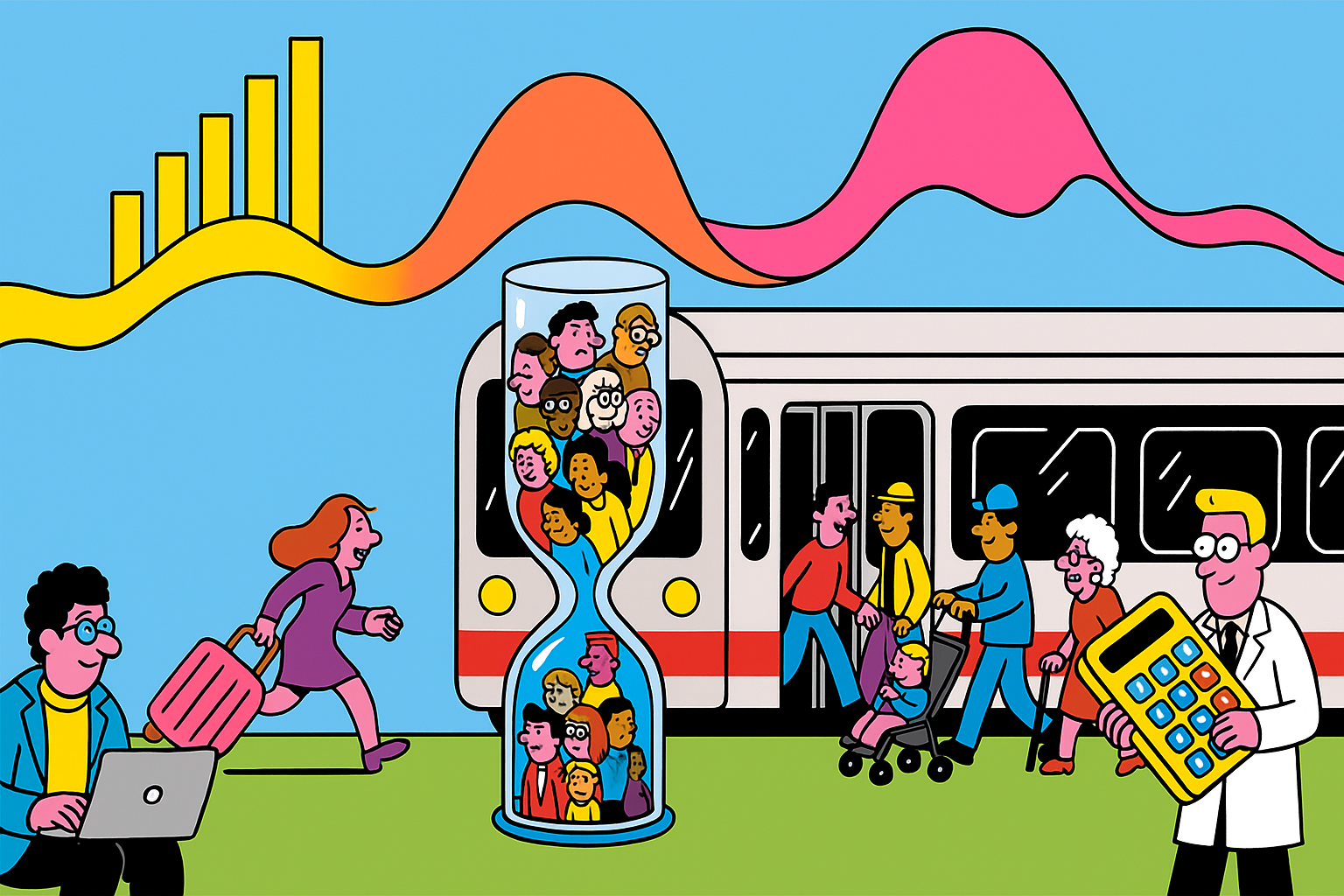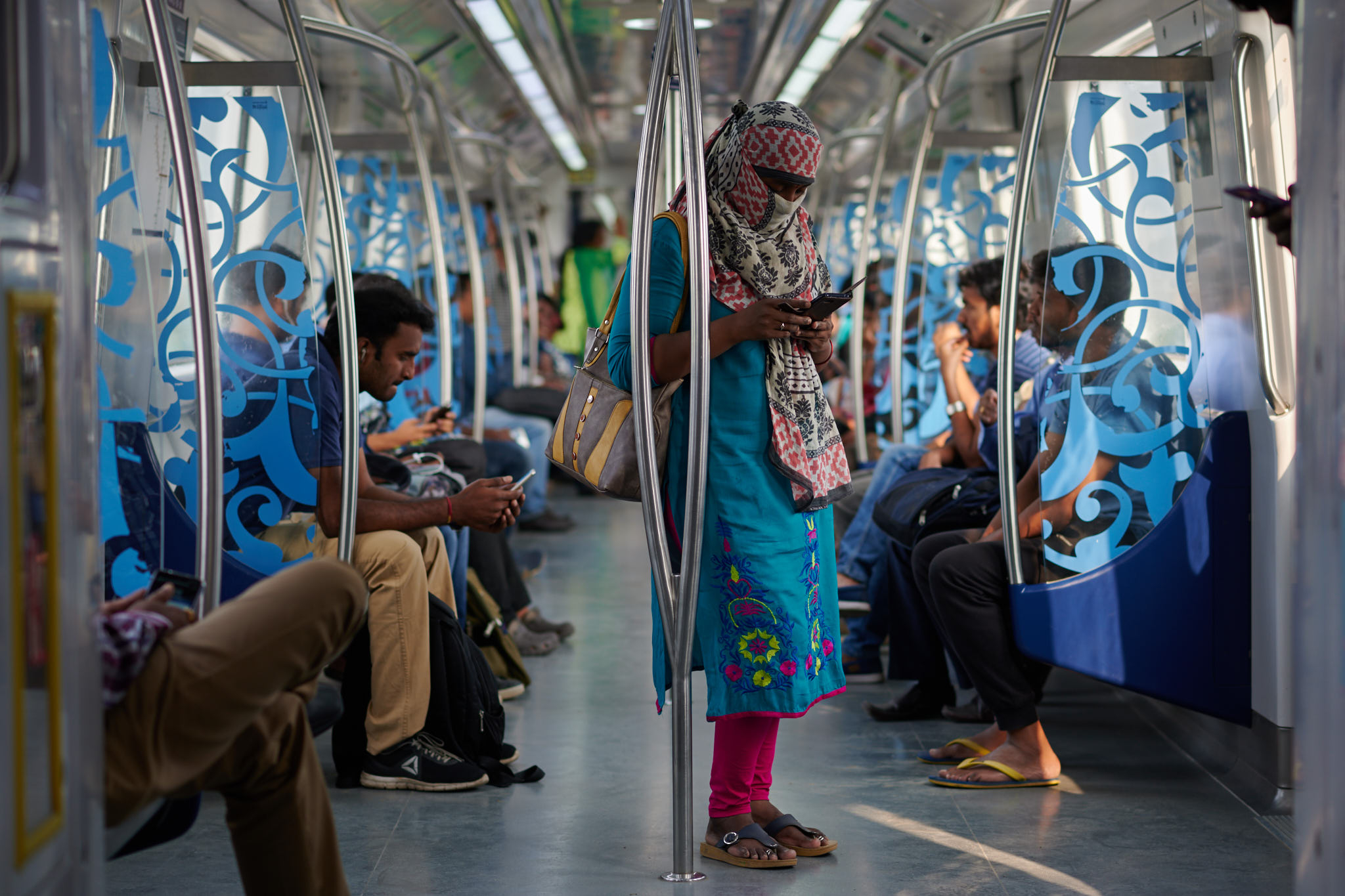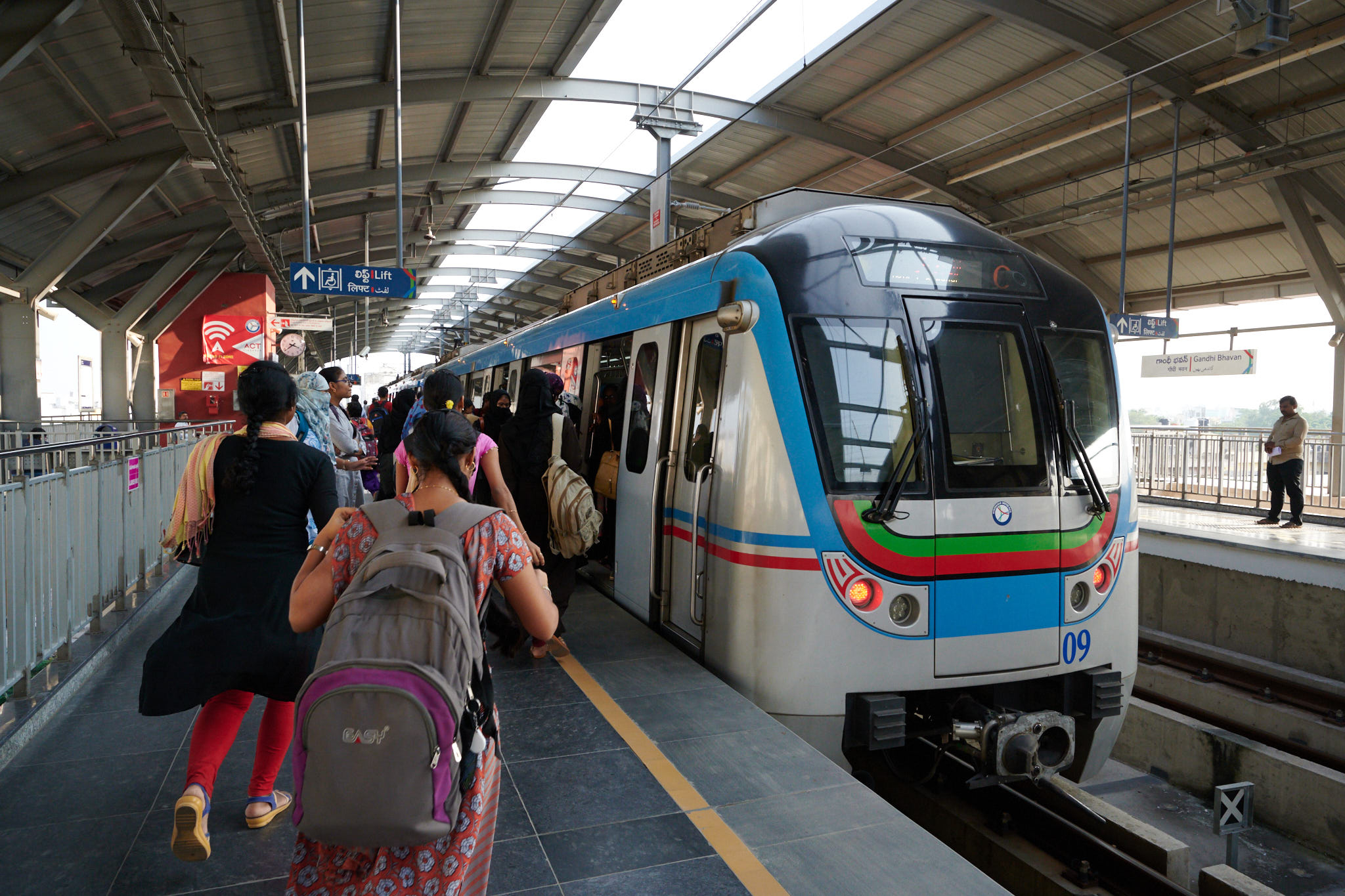Context: rigid schedules in a rapidly changing city
Hyderabad, a dynamic metropolis of over 10 million people, is at the forefront of India’s urban mobility transformation. Its metro system, spanning 69 kilometers across three automated lines, serves more than 500,000 passengers daily. Despite modern infrastructure, transport planning in the city has relied mainly on fixed timetables established far in advance.
These timetables were built on thorough demand studies and long-term surveys, taking into account factors such as weekday versus weekend traffic, holidays and seasonal variations. However, in practice, transport affluence – the actual volume and distribution of passengers across the network – can vary sharply due to local events, weather or shifting work habits. This gap between planned demand and real-world conditions sometimes leads to two costly outcomes: trains running under capacity or becoming uncomfortably crowded.
Hyderabad’s experience reflects a broader challenge in cities worldwide: how to make intelligent transport systems responsive to daily fluctuations in demand.




